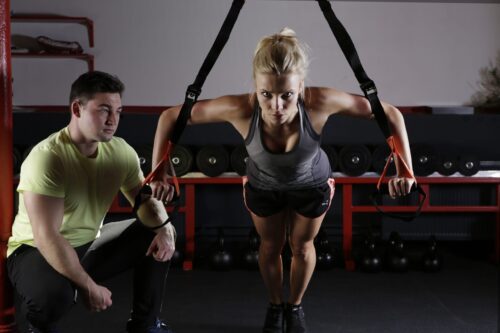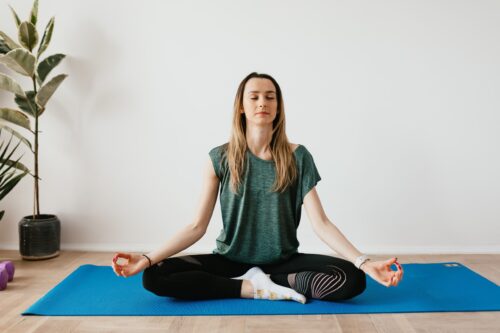Are you new to weight training and eager to build muscle and increase your strength? Look no further! In this comprehensive guide, we’ll walk you through the basics of weight training, providing you with valuable tips and techniques to kickstart your muscle-building journey. Whether you’re aiming to sculpt a lean physique or gain functional strength, this article will equip you with the knowledge you need to succeed.

5 Weight Training Tips
1. Set Clear Goals:
Before diving into weight training, it’s essential to define your objectives. Do you want to improve overall fitness, increase muscle size, or enhance strength? By establishing clear goals, you can tailor your training program accordingly and stay motivated throughout the process.
2. Start with Compound Exercises:
For beginners, focusing on compound exercises is key. These movements engage multiple muscle groups simultaneously, maximizing efficiency and promoting overall strength development. Squats, deadlifts, bench presses, and overhead presses are excellent examples of compound exercises.
3. Master Proper Form:
Maintaining proper form is crucial to prevent injuries and ensure effective muscle activation. Take the time to learn the correct techniques for each exercise. Start with lighter weights and gradually increase the load as your form improves.
4. Incorporate Progressive Overload:
To stimulate muscle growth, gradually increase the intensity of your workouts over time. This principle, known as progressive overload, involves progressively increasing weight, reps, or sets. It challenges your muscles and prompts them to adapt and grow stronger.
5. Implement Rest and Recovery:
Allowing your muscles time to rest and recover is essential for optimal growth. Adequate sleep, proper nutrition, and scheduled rest days are crucial components of any effective weight training program. Listen to your body and prioritize recovery to avoid burnout and injuries.
Conclusion:
Embarking on a weight training journey can be both exciting and rewarding. By following these fundamental tips, you’ll be well-equipped to start your muscle-building adventure with confidence. Remember to stay consistent, stay motivated, and enjoy the process. The gains will come with time and dedication. Get ready to witness the transformation of your physique and the enhancement of your overall strength. Happy lifting!
(Note: The content provided is for informational purposes only and should not replace professional advice. Consult with a fitness expert or healthcare professional before starting any exercise program.)
Nicole Brar is a highly experienced fitness instructor and nutritionist, passionate about helping individuals achieve their health and fitness goals. With her innovative approach and expertise in virtual reality fitness programs, Nicole is dedicated to empowering others on their journey to a healthier lifestyle.


